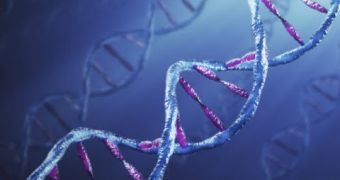Throughout the past few days, we kept drawing your attention to the fact that poaching activities involving elephants are a pressing issue which needs be dealt with as soon as possible.
It now seems that a researcher from the University of Illinois (UI) has come across a new way of helping authorities put an end to these killings.
Seeing how most of the times authorities find themselves unable to say for sure where the ivory they confiscate from various individuals comes from, Professor Alfred Roca decided that genetics could very well act as a law enforcement tool and link said ivory to the DNA profile of elephant herds in various regions.
As explained by the News Department for UI's College of Agricultural, Consumer and Environmental Sciences, once conservationists can say for sure where the animals have been poached, immediate measures can be taken to better monitor that region and keep future killings for occurring.
Professor Alfred Roca also explains that, “It is often hard to trace ivory back to where it came from. A ship may have left from a certain port in Africa, but that’s not necessarily the country where the elephants were poached.”
However, thanks to the new DNA database he plans to create, it will be much easier to identify the poaching 'hot spots'. “ “Then steps can be taken by that particular country to prevent the poaching from taking place,” further argued the professor.
Apparently, thanks to funding provided by the Division of International Conservation of the US Fish and Wildlife Service, said researcher and his team already sequenced the mitochondrial DNA of several elephant herds in Africa and also collected information regarding their nuclear DNA markers.
Thus, they can now link these animals both to forest and savanna areas, and to more precise locations.
Hopefully, these efforts will prove to be fruitful and elephant poaching activities will soon no longer be interfering with conservation projects aimed at saving this species from extinction.

 14 DAY TRIAL //
14 DAY TRIAL //